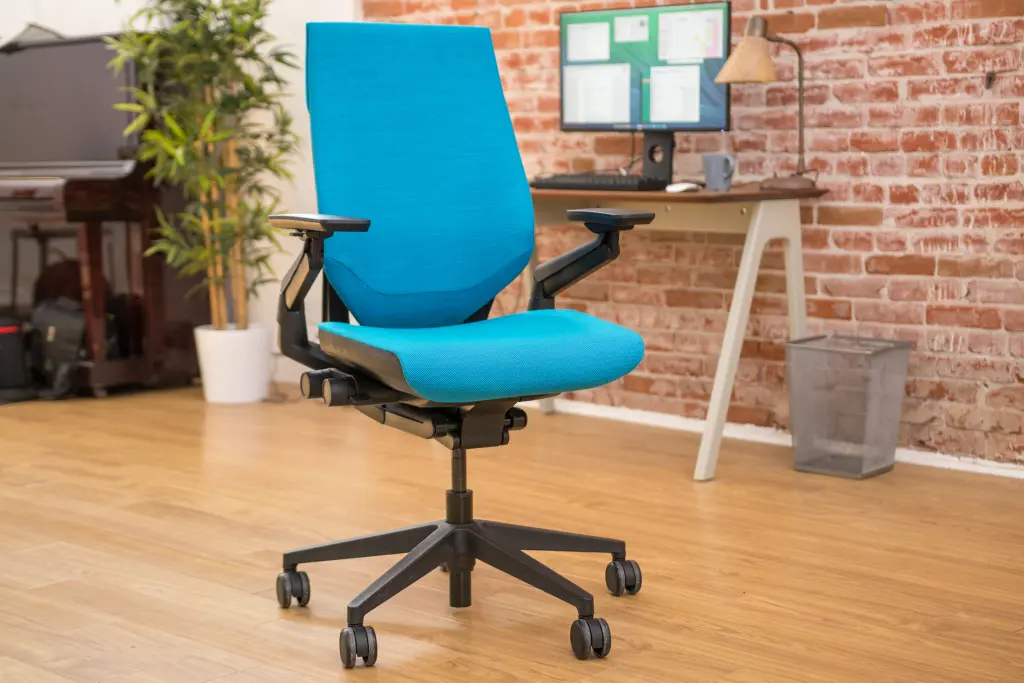When setting up an office workstation, one of the most critical factors to consider is ergonomics. An ergonomically designed workstation can greatly enhance productivity, comfort, and overall well-being. Whether you’re outfitting a corporate office or a home workspace, selecting office furniture with the right ergonomic features is essential. Here’s a guide to the top ergonomic features you should look for when choosing office workstations.
Adjustable Desk Height
One of the most important ergonomic features in any office workstation is an adjustable desk height. A desk with adjustable height options allows you to tailor the work surface to your specific needs, promoting proper posture and reducing strain on your body. Ideally, your desk should allow you to alternate between sitting and standing throughout the day. This flexibility can prevent the discomfort associated with prolonged sitting and help maintain energy levels and focus.
Ergonomic Chair with Lumbar Support
A high-quality ergonomic chair is a cornerstone of any office workstation. Look for chairs that offer adjustable lumbar support, which helps maintain the natural curve of your lower back and reduces the risk of back pain. The chair should also have adjustable armrests, seat height, and a reclining backrest. These features enable you to customize the chair to fit your body perfectly, ensuring maximum comfort and support during long hours of work.
Monitor Arm for Optimal Viewing Angle
Positioning your monitor at the correct height and distance is crucial for reducing eye strain and maintaining good posture. A monitor arm allows you to adjust the height, tilt, and angle of your screen, ensuring that it is positioned at eye level. This prevents you from hunching over or straining your neck, which can lead to discomfort and fatigue. Additionally, a monitor arm can free up valuable desk space, contributing to a more organized and efficient workstation.
Keyboard Tray for Wrist Support
A keyboard tray is another essential ergonomic feature that promotes a neutral wrist position while typing. The tray should be adjustable in height and tilt to allow your wrists to remain straight and your hands to hover comfortably over the keyboard. This reduces the risk of developing repetitive strain injuries, such as carpal tunnel syndrome. Ensure that the tray also has enough space for your mouse, keeping all your input devices at the same ergonomic height.
Footrest for Improved Circulation
For those who may not have the option to adjust their desk height significantly, a footrest can be a valuable ergonomic addition. A footrest helps keep your feet flat on the ground, supporting your legs and improving circulation. It’s particularly useful for shorter individuals who may find it difficult to keep their feet flat while seated. The footrest should be adjustable in height and angle to provide personalized comfort.
Cable Management for a Clutter-Free Workspace
A well-organized workstation not only looks better but also contributes to a more comfortable working environment. Effective cable management is an often-overlooked ergonomic feature that can reduce clutter and prevent tripping hazards. Look for desks and workstations with built-in cable management solutions, such as grommets, cable trays, or channels. Keeping cables neatly organized and out of the way enhances your workspace’s functionality and appearance.
Task Lighting for Reduced Eye Strain
Proper lighting is essential for reducing eye strain and maintaining focus throughout the day. Task lighting, such as adjustable desk lamps, allows you to direct light where you need it most, whether you’re reading documents or working on detailed tasks. Choose a light source with adjustable brightness levels to suit different tasks and times of the day. Position the light to avoid glare on your screen, which can cause discomfort and strain.
Ergonomic Accessories for Enhanced Comfort
In addition to the main components of your office workstation, consider adding ergonomic accessories that further enhance comfort. Items like wrist rests, document holders, and monitor risers can make a significant difference in your overall workspace ergonomics. Wrist rests support your wrists while typing, document holders keep your papers at eye level to prevent neck strain, and monitor risers lift your screen to the correct height, promoting better posture.
Adequate Desk Surface Area
The surface area of your desk plays a crucial role in your workstation’s ergonomics. A spacious desk allows you to arrange your office furniture and equipment in a way that promotes efficient workflow and reduces clutter. Ensure that your desk provides enough space for all your essential items, including your computer, phone, documents, and any ergonomic accessories. A well-organized desk surface minimizes unnecessary movement and makes it easier to maintain good posture.
Anti-Fatigue Mats for Standing Workstations
If you use a standing desk or frequently switch between sitting and standing, consider investing in an anti-fatigue mat. These mats are designed to provide cushioning and support for your feet, reducing the strain on your legs and lower back. Standing for long periods can cause discomfort, but an anti-fatigue mat helps distribute your weight evenly and encourages subtle movements, improving circulation and reducing fatigue.
Choosing office furniture with ergonomic features is a key investment in your comfort, productivity, and overall health. By prioritizing adjustable desk heights, ergonomic chairs, monitor arms, and other essential features, you can create a workstation that supports your body’s natural alignment and reduces the risk of injury. Remember to consider the specific needs of your workspace and work style when selecting ergonomic office furniture. With the right setup, you can enjoy a more comfortable and efficient working environment that enhances your performance and well-being.



